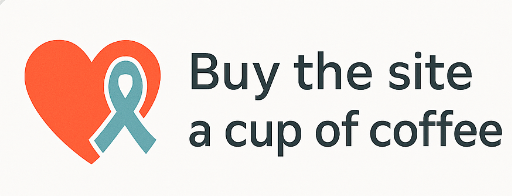DNA is like the instruction manual for your entire body. Every cell carries a copy, and it tells your body how to grow, function, repair, and stay alive. It’s what makes you uniquely you.
At the ends of your DNA strands are protective caps called telomeres. These work like the plastic tips on shoelaces—they keep your DNA from unraveling. But each time a cell divides, telomeres get shorter. Eventually, they wear down so much that the cell can’t divide anymore. This shortening process is a key part of aging—and in some cases, disease.
Different cells replicate at different speeds. For example, skin cells may divide every 7–10 days, while liver cells might wait over a year. But with every division, telomeres shrink. When they’re too short, DNA becomes vulnerable to damage and the cell may stop functioning—or worse, start malfunctioning.
DNA damage can be caused by:
- Environmental toxins (smoke, pollution)
- Poor diet and obesity
- Chronic stress and inflammation
- Alcohol and drug use
When DNA gets damaged, it can create confused instructions—leading to defective or even cancerous cells. One common early sign of this is abnormal tissue growths, such as skin polyps, which may result from DNA giving the wrong commands.
The Role of Mitochondria: Your Cell’s Power Generator
Inside each cell are tiny power plants called mitochondria. These are responsible for turning nutrients into usable energy (ATP), which powers everything your body does—from thinking to healing. But mitochondria do more than just generate energy:
- They help clean up waste inside cells
- They signal when a cell is too damaged and needs to be recycled (apoptosis)
- They help regulate the immune system and inflammation
Millions of years ago, mitochondria were free-living bacteria. Now, they live inside your cells as partners in survival. But if DNA is damaged, mitochondrial function is also affected—especially in cancer.
Cancer and Mitochondrial Dysfunction
Cancer cells often have damaged DNA and defective mitochondria. This makes them behave differently from healthy cells:
- They avoid apoptosis (cell suicide), often due to mutations in the p53 gene
- They stop using mitochondria properly for energy
- They switch to a backup energy method called aerobic glycolysis, also known as the Warburg effect
Instead of cleanly converting nutrients to energy, cancer cells rapidly break down sugar into lactic acid, even in the presence of oxygen. This lactic acid:
- Creates an acidic environment around the tumor
- Weakens nearby healthy cells
- Disrupts immune function
- Promotes further tumor growth and invasion
It’s like running a car engine without enough oxygen—it makes toxic exhaust that harms everything around it. That’s what lactic acid does in the tumor environment.
Healthy vs. Cancerous Energy Use
- Healthy cells use mitochondria and oxygen to make efficient, clean energy (ATP)
- Cancer cells avoid mitochondria and use sugar fermentation (glycolysis), dumping lactic acid into tissues
This is why many cancer-fighting strategies focus on restoring mitochondrial health and cutting off sugar—a key fuel cancer uses for survival.
Why This Matters for Cancer Treatment
Protecting your DNA, lengthening your telomeres, and supporting healthy mitochondria are all vital for long-term health and cancer defense. When your mitochondria are strong, they can:
- Trigger cell death in damaged cells
- Reduce oxidative stress
- Support immune function
- Limit cancer’s ability to thrive
In Protocol 2, these ideas form the foundation of the strategy:
- Fasting and ketosis to cut off sugar and stress cancer cells
- Oxidative therapies to push damaged cells toward apoptosis
- Antioxidants to protect DNA and mitochondria at the right time
- Mitochondrial nutrients like CoQ10, L-Carnitine, and NAD+ boosters to keep energy systems running clean
Understanding DNA, telomeres, and mitochondria isn’t just science—it’s strategy. When you understand how cancer hijacks these systems, you can begin to take them back.
This is where the war starts: at the cellular level.

$1 or $2 can help us grow: Goal is to afford a support forum
💬 Share This Page
Want to help others learn about this? Click to share: This will also help the site grow
👉 Share on Facebook
👉 Share on Twitter
👉 Share on Reddit
👉 Share via Email